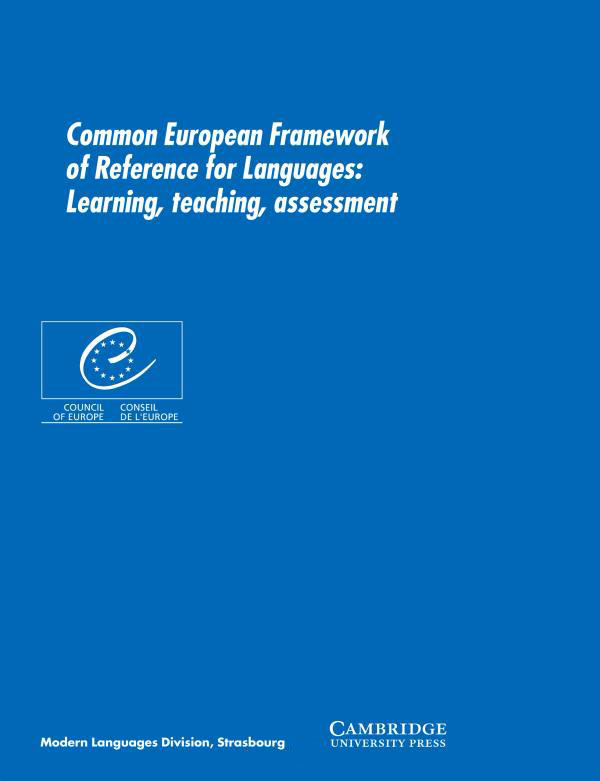What is the CEFR?
The Common European Framework of Reference (CEFR) is a research-based framework conceived in the early 1990s under the direction of the Council of Europe in response to the challenge of creating a common description of second-language proficiency that could be used internationally. The CEFR is neither a program nor a curriculum/syllabus; it is a tool that describes the competences needed by second-language learners in order to be able to communicate effectively. In recent years, FSL teachers across the province have been involved in exploring the impact of the CEFR on instruction.
With a focus on the use of action oriented approaches and communication with real purpose through task-based interactions, the CEFR allows learners to develop autonomy regarding their skill levels in listening and reading, speaking and writing.

What are the key components of the CEFR?
The CEFR describes competences of the second-language learner in five areas: spoken production, spoken interaction, listening, reading, and writing. In addition, the six levels of proficiency are described in terms of “can-do” statements. The following provides simplified descriptions of the six levels.
The learner can:
A1
Comprehend and use familiar simple words and expressions.
A2
Understand and communicate in frequently used isolated sentences in their immediate environment (e.g., shopping, life at school and family).
B1
Understand the main points of everyday communication and deal with most situations that are familiar or of personal interest.
B2
Understand concrete and abstract concepts and interact with a degree of ease and spontaneity in the target language.
C1/C2
Understand with ease virtually everything heard or read and express himself/herself spontaneously, fluently and precisely in complex situations.
How does assessment and evaluation link to this project?
The rubrics developed for each task help facilitate discussions regarding the assessment of students’ oral and written performance, based on the achievement chart in the 2013/14 curriculum policy documents.
The first four skill levels (A1, A2, B1 and B2) of the CEFR are used by teachers to help select the appropriate tasks based on readiness.